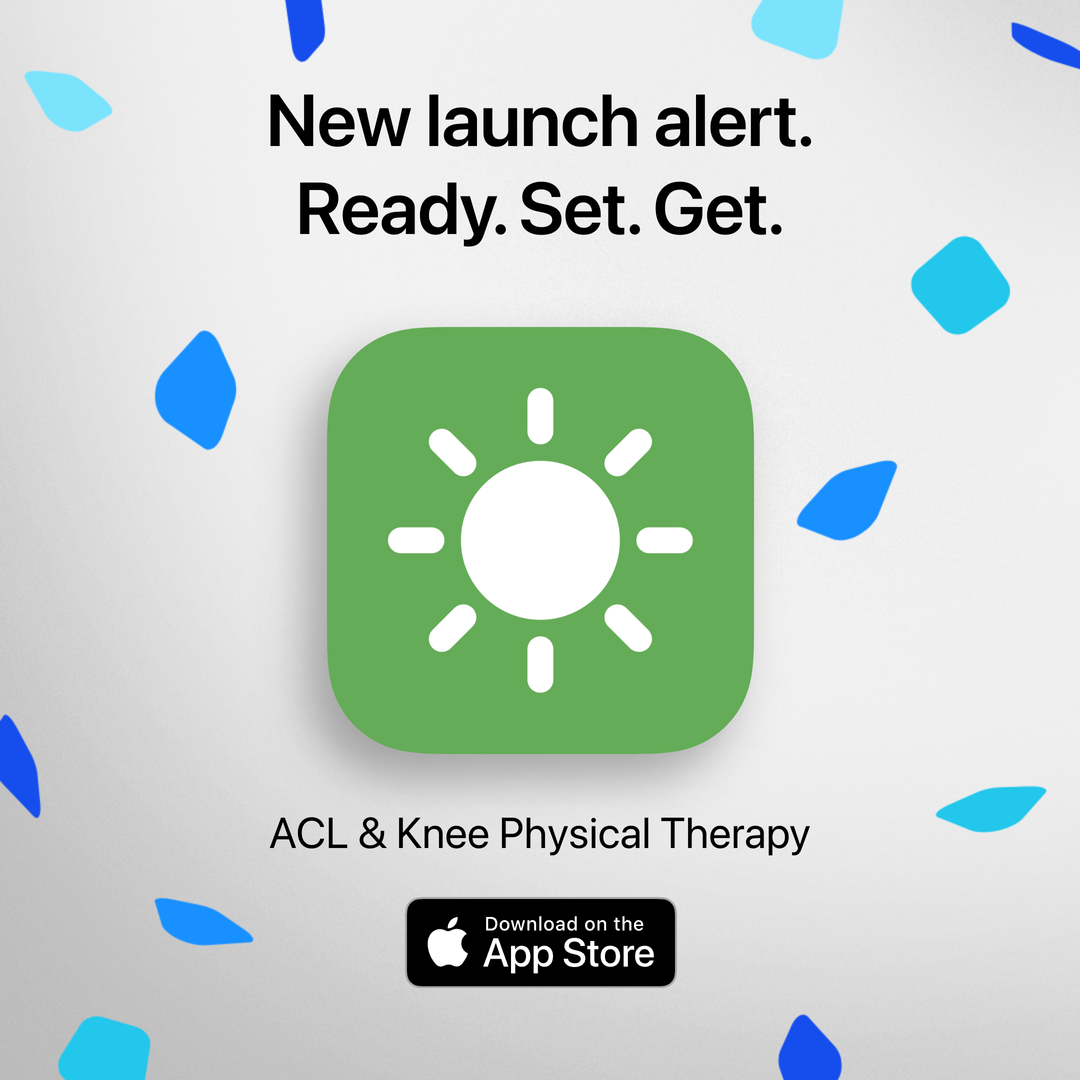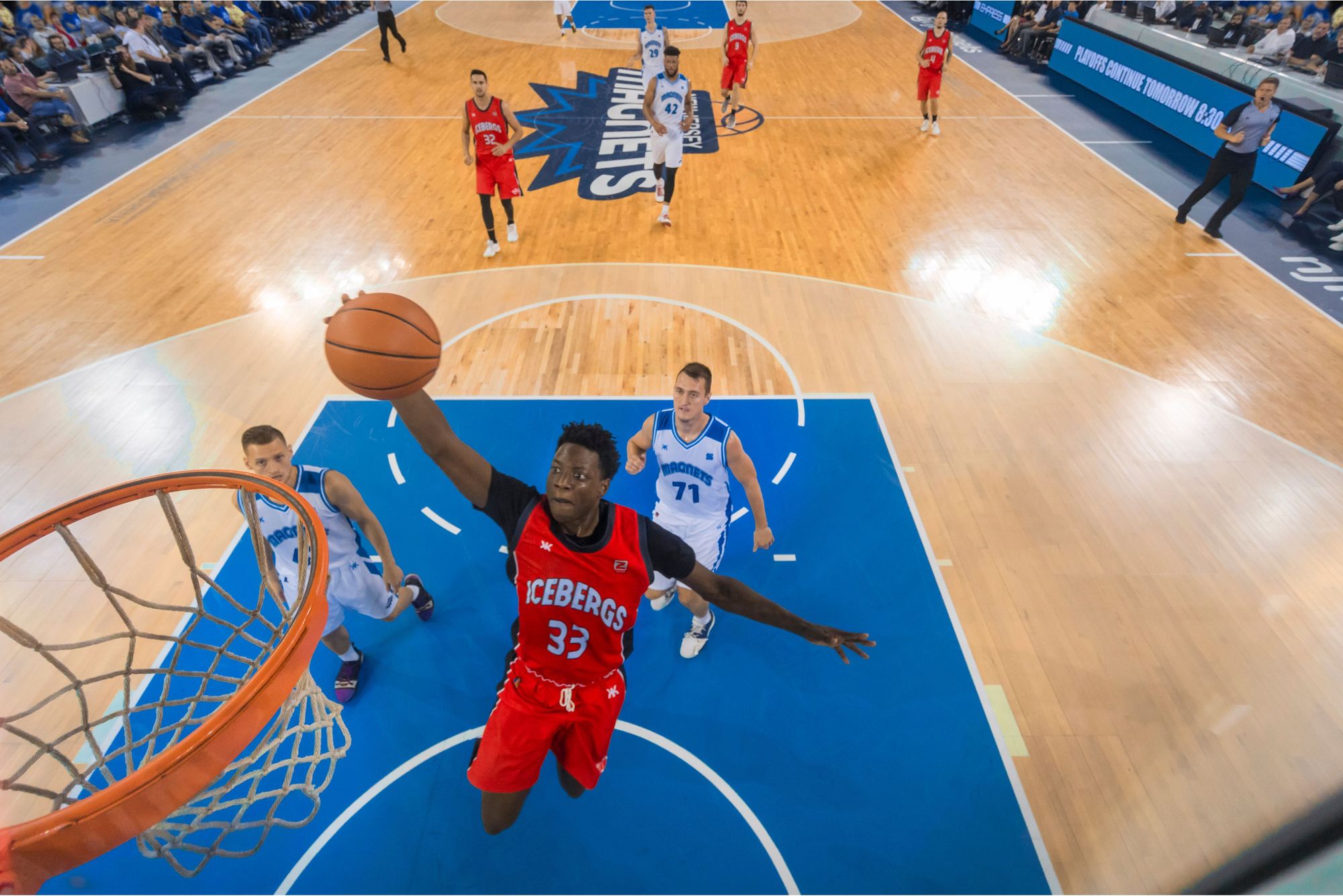What is Patellar Tendinopathy or Jumper's Knee?
The patella, also known as the kneecap, is connected to the lower leg by a stringy structure called the patella tendon.
Jumper's knee, also known as patellar tendinopathy, is an injury where the patellar tendon gets overworked due to too much stress over time.[1] The patellar tendon is put under a lot of stress when jumping, landing, starting, and stopping. When these activities are done too often with a lot of force, the patellar tendon begins to change its structure in a way that causes pain.[1] If you want to learn exactly what jumper's knee is and how to avoid it read our previous blog.
Evidence For Decline Squats
Many studies have shown that lowering yourself down during a squat (called an eccentric movement) on a decline surface is effective for treating patellar tendinopathy. This is likely because for the same amount of work, there is more loading on the patellar tendon, compared to the thigh muscles, when in the decline position.[2] As long as the decline squat is completed in a controlled manner and not over-done, loading the tendon improves its function.[3]
Regular Squats vs Decline Squats:
One study that looked at regular squats vs. decline squats in 17 patients found that decline squat training caused less pain and lead to a faster return to full function in daily life compared to regular squats for the treatment of patellar tendinopathy.[4]
One-legged Decline Squats vs One-legged Step Squats:
A one-legged step squat is where the back leg is elevated on a step and the front leg is lowering the body. A study completed on 17 volleyball players found that one-legged decline squats were more effective than one-legged step squats for improving pain and the players' score on a knee function test after 12 months.[5]
Horizontal Surface vs Decline Surface:
One study completed on 13 people showed that eccentric squats on a decline board worked the patellar tendon 20-25% more than eccentric squats on a flat surface.[6] This demonstrates that a decline surface is better at strengthening the patellar tendon based on this study.
Protocol For Decline Squat Program or how many and how often should I do decline squats:
When the best guidelines for treating patellar tendinopathy were researched it was found that decline squats should be included in the program to help improve function in the presence of patellar tendinopathy.[3] The researchers suggested decline squats should be done twice a day for 3 sets of 15 repetitions based on the results they gathered from 7 other research papers.[3] This research study found that adding resistance slowly over time helps improve the patellar tendon's function as long as the exercise is done with control, and not done excessively.[3]
You can find more related content on our blog including topics like curing jumper's knee, ACL rehabilitation exercises, knee braces for injuries, tips for recovering from ACL surgery, pain and swelling management after knee surgery, and why does my knee hurt when it rains?.
Conclusion
The first step to treating jumper's knee is to reduce the overall load on the patellar tendon. This may require less time and less sessions of a sport, exercise or physical training. In terms of exericses to help with the treatment of patellar tendinopathy or jumper's knee, decline squats are strogly recommended based on the research reviewed in this blog.
Our physical therapy app, Curovate, provides physical therapy based knee and hip strengthening that can be used to prevent jumper's knee. Curovate provides daily video guided strengthening exercises, progress tracking, in-app chat with a physical therapist and educational blogs and webinars.
If you have already been diagnosed with jumper's knee and you would like to receive 1-on-1 personalized video physical therapy check out our Virtual Physical Therapy page to book your session with a physical therapist.


Other recommended blogs
- How to prevent ACL injuries
- Why is my knee numb and tingly after ACL surgery?
- Can an ACL injury lead to arthritis in the future?
- Is it normal to still have pain after an ACL reconstruction surgery?
- Should I be experiencing pain when I do my rehabilitation exercises?
- ACL Social Support
- ACL Recovery Timeline
- Why Should I Exercise before My ACL Surgery- the Importance of ACL Prehabilitation








